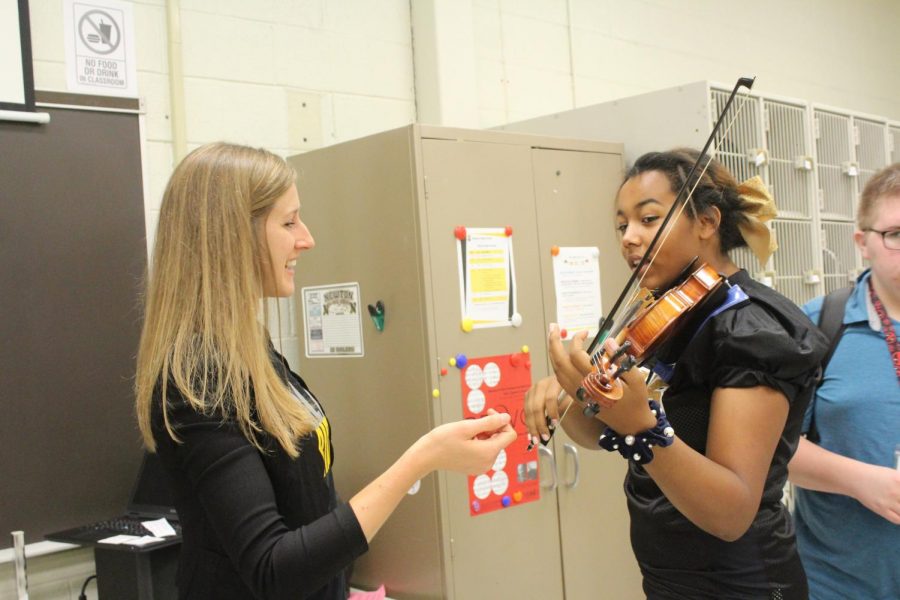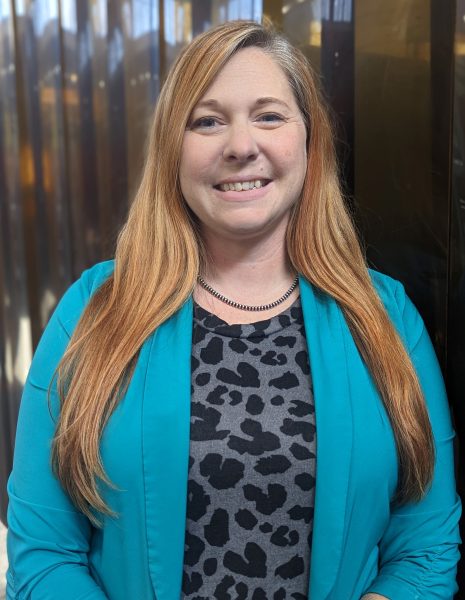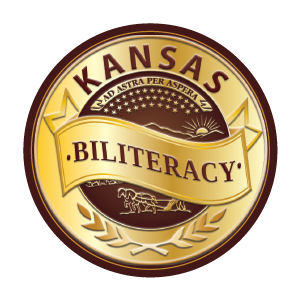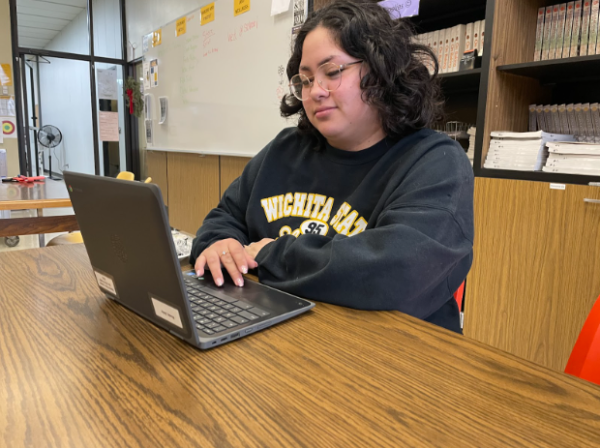Trauma Informed Teachers
Otter, Tann receive trauma-informed teacher training
More stories from Lorelei Jacobs
English teacher Lisa Otter and orchestra teacher Kara Tann will be adding a new role to their resume. Otter and Tann have begun training to be trauma-informed teachers. Otter and Tann volunteered for the three-day training that took place at Essdack in Hutchinson in July.
The purpose of being a trauma-informed teacher is recognizing students that might have been or may be exposed to a traumatic experience. The traumatic stress being pushed onto these students can affect not only their personal lives but their academic work as well. This concept is one that stood out to Otter and Tann.
“Ms. Tann and I were very very passionate about trauma-informed and we asked Mrs. Moore if she would be willing for us to train as coaches for this building and she graciously said yes,” Otter said.
For Tann, being a trauma-informed teacher means looking beyond the superficial behaviors.
“I think being a trauma-informed teacher, for me, means not looking at the way students act on the surface level, like ‘oh they’re being annoying in class,’ or ‘they’re just trying to throw off the class,’ but looking deeper to think ‘okay our students are going through a million things in their lives’, and that comes out in ways that they probably don’t even understand in class,” Tann said.
Students that have been exposed to traumatic events may display multiple symptoms or none at all. When teachers recognize these symptoms they are expected to step in and make the student feel comfort Tann hopes that more teachers will be involved in the future.
“Ideally it means that students will be more comfortable, that students will learn more about why they might respond different ways,” Tann said.
According to the Treatment and Services Adaptation Center websites, symptoms that high school students may show include missing an excessive amount of school, irritability and difficulty with instruction and authority. After recognizing what is going on in the student’s life, teachers can help take action to resolve the conflict.
“We can respond [in a way] that shows that we care, that doesn’t necessarily blame students for ways they react, but also doesn’t let students off the hook for behaving badly in class,” Tann said.
The main idea behind being a trauma-informed school is to pay attention to students and how their behavior changes from day-to-day. Teachers are receiving training in which they are learning the right time to reach out and make their observations known; however, the training is a long and continual process.
“I’m way better [at teaching] than I was when I started 10 years ago, but there’s always more to attain. I think for trauma-informed, that’s similar,” Tann said.
In addition, Otter and Tann will help facilitate a school-wide book study. The two books are “Help for Billy” by Heather T. Forbes and “The Body Keeps the Score” by Bessel Van Der Kolk. The books are available for all teachers to read and use in their training.
“Because it is a change that needs to happen school-wide, the expectation is that it’s the entire faculty, food service, maintenance people, office staff, all of those, everyone, because it’s a culture change so anyone who works within these buildings, in this complex, has to be trained,” Otter said.
With students being more comfortable and staff recognizing specific behaviors, a more positive environment may be noticeable around our school.
“We’re just creating a more positive environment that is good for learning, and we can treat each other well and our brains are ready to learn too,” Tann said.











